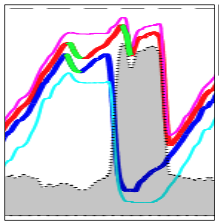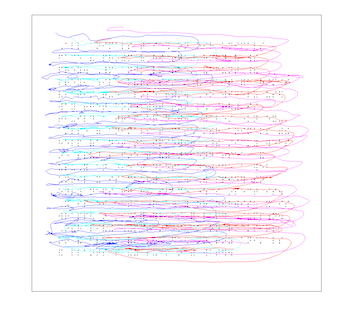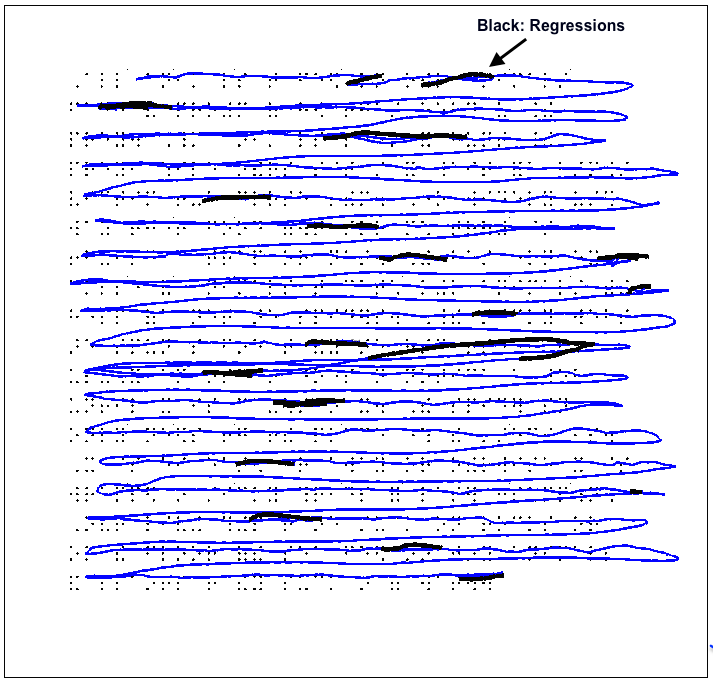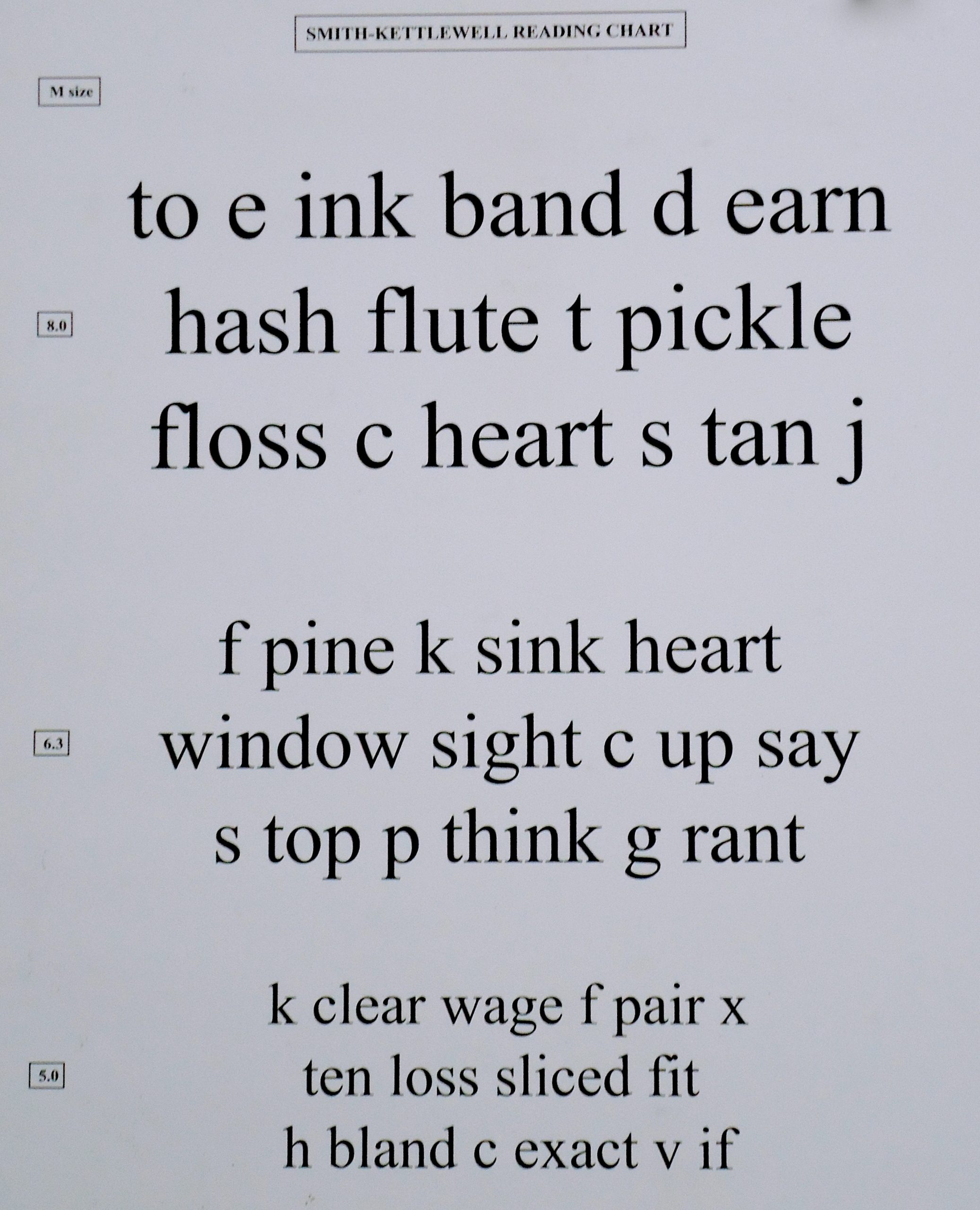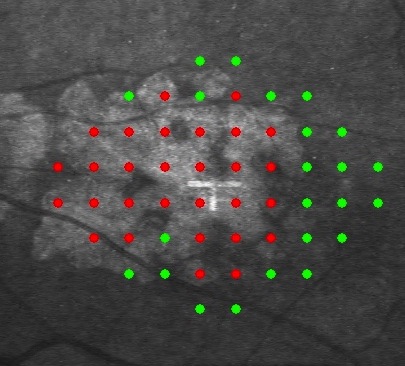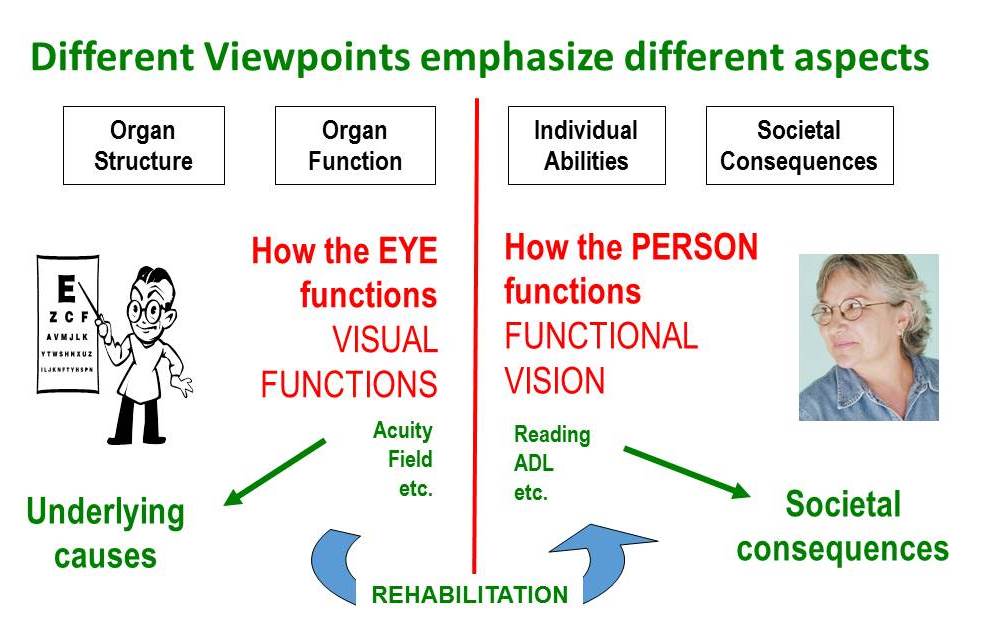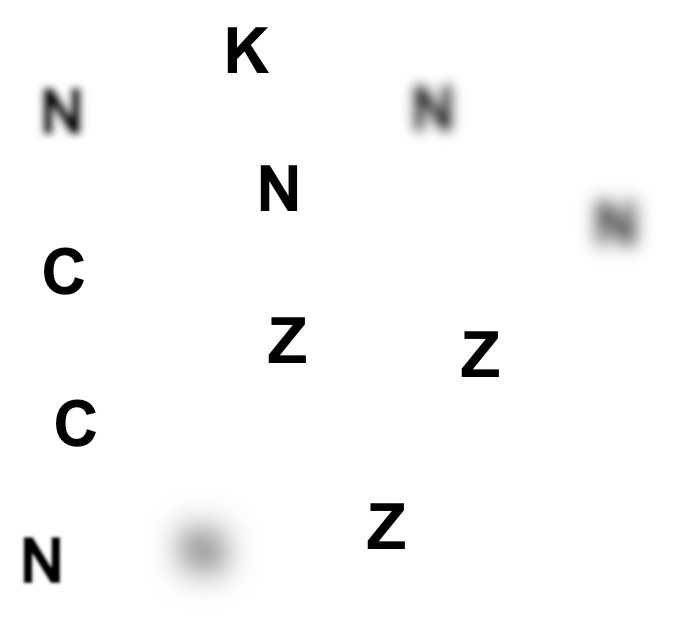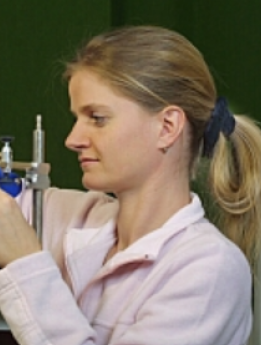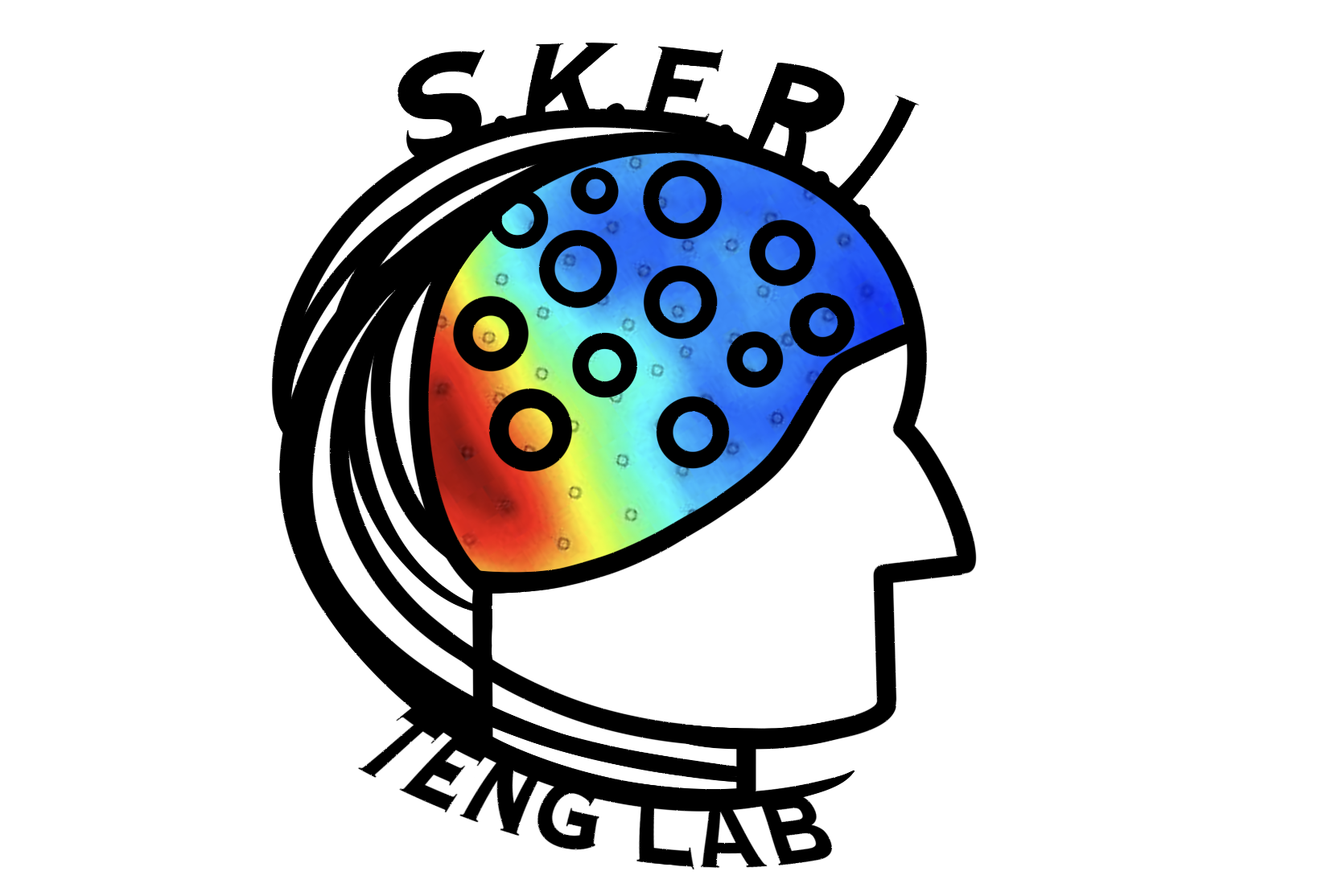This page (currently under construction) accompanies a work-in-progress poster at the 2020 Eurohaptics meeting.

Affiliate Scientist
Ph.D.
Work in this laboratory is devoted to researching facts and developing tools to help the rehabilitation of people with low vision, especially those with macular vision loss.
Contact Information:
Email: mm@ski.org
Office Phone: (415) 345-2112
Lab Phone: (415) 345-2005
Fax: (415) 345-8455
2318 Fillmore Street
San Francisco, CA 94115
Publications
Journal Articles
Conference Papers
Presentations/Posters
Projects

The Kinematics of Braille Reading
[Under construction] When blind persons read braille, a system of raised dots for tactile reading and writing, how is the information processed? How do a few indentations on the fingerpads translate to linguistic information, and how does the text, in
Regressions in Braille Reading
This project explores regressions (movements to re-read text) in braille reading. The image on the right plots the braille reading finger movements in blue and regressions in black.
Reading Random Word Sequences (The SKread Test)
This vision test shows random word sequences that prevent the prediction of upcoming words by linguistic criteria and is simple to score in a clinical setting. It combines the standardized format of the MNread test with sequences of random words
Micro-Perimetry by Scanning Laser Ophthalmoscope
We developed software to make the retinal placement of stimuli during micro-perimetry by a scanning laser ophthalmoscope (SLO) independent of involuntary fixational eye movements. This greatly increases the accuracy of the measurement and enhances the ability to reliably repeat a

Motion as a Cue for Attention
We investigated whether relative motion can serve as a cue for sustained attention. We found that relative motion perception has a long latency and that it can indeed attract attention to improve discrimination performance. Reference Poggel DA, Strasburger H,

Focal Attention and Letter Recognition
We studied letter recognition in 8 deg eccentricity from the fovea after attracting sustained focal attention to the stimulated location by a cue. Young and elderly healthy subjects, as well as patients with central vision loss participated. We found that

Reading with the Retinal Periphery
Typographical features of letters were manipulated in such a way that frequently occurring letter confusions in eccentric viewing happened less frequently. This demonstrated that a combination of psychophysics and goal-directed modification of typographic features is a viable experimental strategy.

Dyslexia Project
We studied the ability of dyslexic young teenagers to fluently name pictograms (shapes of objects). We found that some dyslexics are very good at this task, some were even better than the control subjects. We also investigated whether dyslexics
Labs
Colenbrander lab
To explore vision-related functioning as it relates to Vision Rehabilitation. This involves the development of = insights into vision-related functioning and complex vision-related behaviors, as well as = the development of clinically useful assessment tools, both low-tech and high-tech.
MacKeben Lab
Work in this laboratory is devoted to researching facts and developing tools to help the rehabilitation of people with low vision, especially those with macular vision loss.


